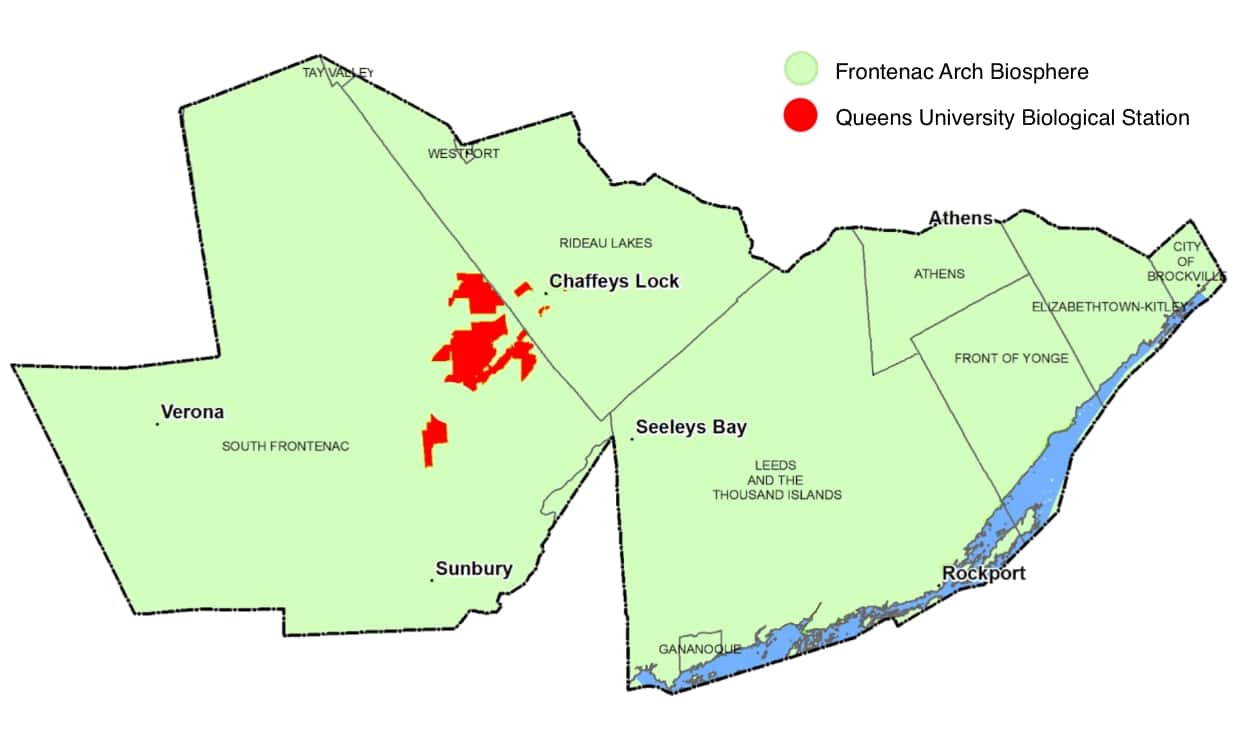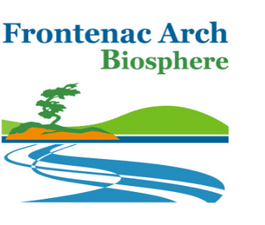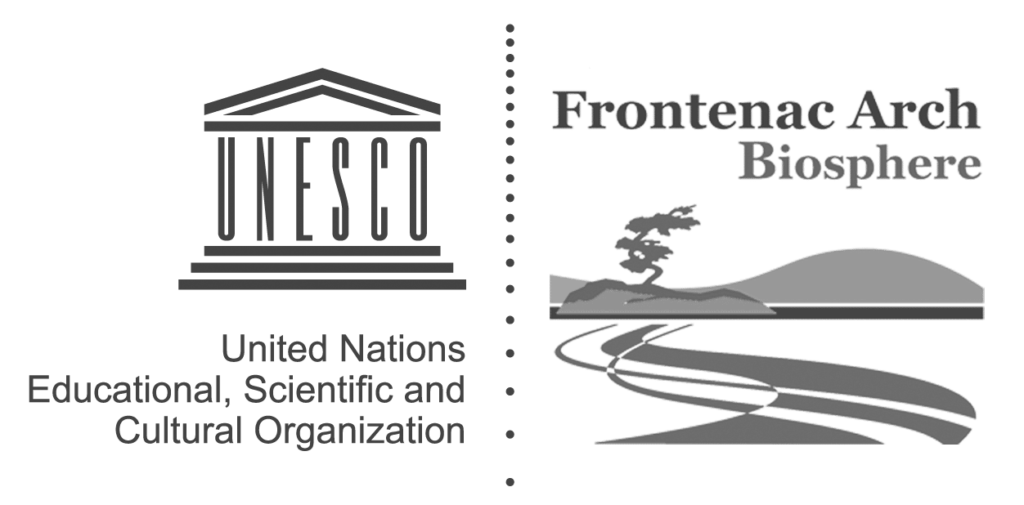FABN Research
It takes a village
Local organizations are contributing to research in the Frontenac Arch Biosphere, making this region even more dynamic. Research helps us to better understand what is happening, how and why. Check out what kind of environmental research is being conducted in the FAB Region below.

Queens university Biological Station
Deep in the Frontenac Arch Biosphere sits the Queen’s University Biological Station. This field station, established in 1945, sits on a 3,400 hectare area owned and managed by Queen’s University.
QUBS is one of the premier scientific field stations in Canada. This unique collaborative hub hosts researchers and students from Canada, the United States and around the world to conduct cutting-edge research and participate in courses spanning conservation, ecology, evolution, geography, and environmental science.
The research products, innovative methodologies and communication products that emerge from the QUBS projects, programs and facilities provide great value to the academic community, partners such as the Frontenac Arch Biosphere as well as policy and decision makers.

Past and Ongoing Research in the Biosphere:

Laurier Centre for Sustainable Food Systems
The Laurier Centre for Sustainable Food Systems (LCSFS) connects researchers and community partners engaged in sustainable food systems change. We create opportunities for citizens, practitioners, policy-makers, private enterprise, and academics to work together to imagine and foster food systems that are fair, healthy, ecologically regenerative, culturally appropriate, prosperous, and inclusive.

Nature Conservatory Canada
If you look at a night image of northeastern North America from space, you see the lights of cities, towns and highways spreading like a constellation across the landscape. Yet just north of Kingston and northeast of the St. Lawrence River is an archipelago of countryside and wilderness under dark skies and bright stars.

Important Bird Areas
This area supports one of the richest forest breeding bird communities in Canada, including cerulean warblers. Bird Studies Canada estimates a total of 250 pairs within the Important Bird Area, representing approximately half of the Canadian population and one of the largest breeding concentrations anywhere in the world.

Key Biodiversity Areas
faced with a global biodiversity crisis, the Canadian Key Biodiversity Areas initiative identifies areas by supporting the identification, mapping, and conservation for sites of importance for the global persistence of biodiversity.

Thousand Islands National Park
Thousand Islands National Park is one of the most biologically diverse national parks in Canada. The park’s land holdings that include 26 islands, 80 islets as well as large mainland properties, create ideal scenarios for researchers to set up strong study designs in a variety of ways.

Algonquin To Adirondacks Collaborative
The Algonquin to Adirondacks Collaborative works with multiple partners on the ecological connection between the Adirondack mountains in the south and the Canadian Shield in the north. Their research is focused on learning about and improving the existing wildlife corridor.




